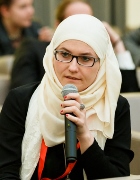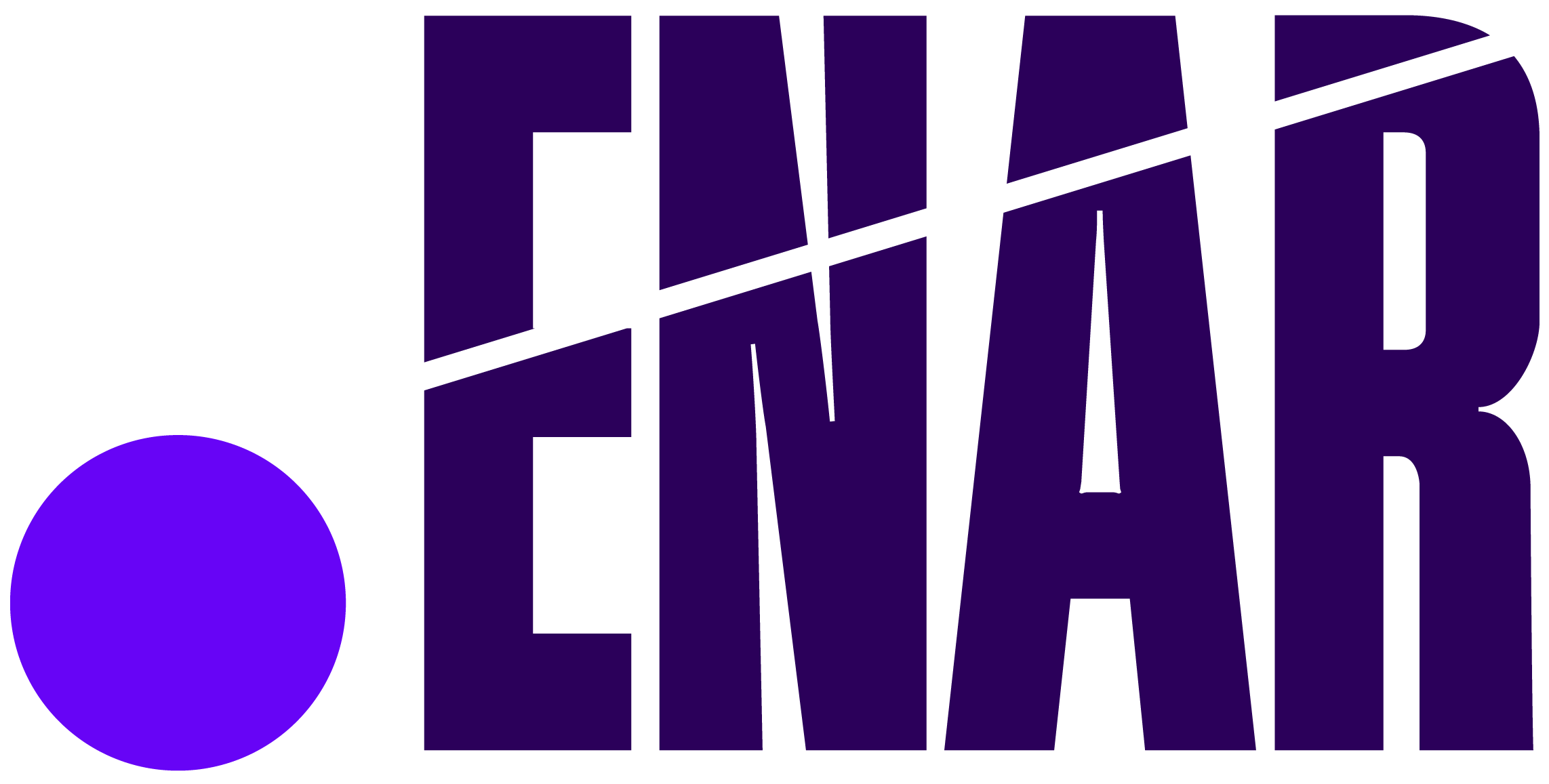
Interview with Djermana Seta on ENAR’s Forgotten Women project
Djermana Seta, European research team coordinator for ENAR’s Forgotten Women project, tells us more about the project’s research phase. The Forgotten Women project aims to document the disproportionate effect of Islamophobia on women and develop alliances between the anti-racism and feminist movements in order to better address the intersectional discrimination affecting Muslim women.
Can you tell us more about your role and involvement in the Forgotten Women project?
I am the European research team coordinator. I have been coordinating a European team of 8 national researchers (Germany, Italy, UK, the Netherlands, Denmark, Belgium, France and Sweden) in collecting and analysing data for their respective national reports and finally producing a comparative European report on the impact of Islamophobia on Muslim women.
Which key areas does the research focus on and why?
The research primarily focuses on two thematic areas which according to the existing data have proven to be highly sensitive and problematic for Muslim women. These are also two areas in which the European Union has strong competences: discrimination in employment and islamophobic violence and speech. Under “discrimination in employment” we analyse the issue of structural discrimination in access to vocational training, internships, access to the labour market, career advancement, discrimination reporting, etc. Under “islamophobic violence and speech” we analyse violence and speech occurrences, under-reporting, data collection, etc.
Which research methodologies were used and what did they hope to achieve?
The reports are based on theoretical research and practical findings. Rooted in intersectionality analysis, gender studies and human rights, the reports offer a range of empirical data from existing materials and reports. They also include findings from testimonies, interviews, round tables or focus groups organised within the scope of this project.
The intention is to shed light on the gendered aspect of Islamophobia and the fact that Muslim women are not only discriminated or attacked as Muslims or as women, but as both. And that as such they are vulnerable in different ways than for example Muslim men since the prejudice and stereotypes against them are gendered as well. This also enables us to explore more in depth the intersection between sexism and racism.
Who were the key partners in conducting the research?
ENAR and its members and supporters, such as the European Women’s Lobby, the Forum of European Muslim Youth and Student Organisations, the European Forum of Muslim Women, etc. provided a list of resources and contacts to the national researchers, in order to ensure involvement of civil society and relevant stakeholders.
National roundtables were also organised with a variety of stakeholders from civil society, researchers and equality bodies to provide initial comments to the preliminary findings of the report.
What were the main challenges in completing the research?
It is not easy to adequately measure and compare the legislative framework and practice in 8 different countries. Although they are all bound by EU equality and non-discrimination legislation, their historical context and contemporary developments determine the situation in their countries. Another challenge is the fact that Muslim women suffer multiple, intersectional discrimination. This is usually not easy to determine, register and prosecute. Such an approach is a novelty and not many of these countries have legislative or civil society mechanisms which adequately record or address such forms of discrimination. Therefore statistical data is usually not available and is not gender disaggregated either. This makes it difficult to frame the problem and address it adequately. For example a victim of one incident can at the same time be a woman, a Muslim, and a person of African descent. The way this is recorded by the police or civil society agencies is crucial for further action against such occurrences.



